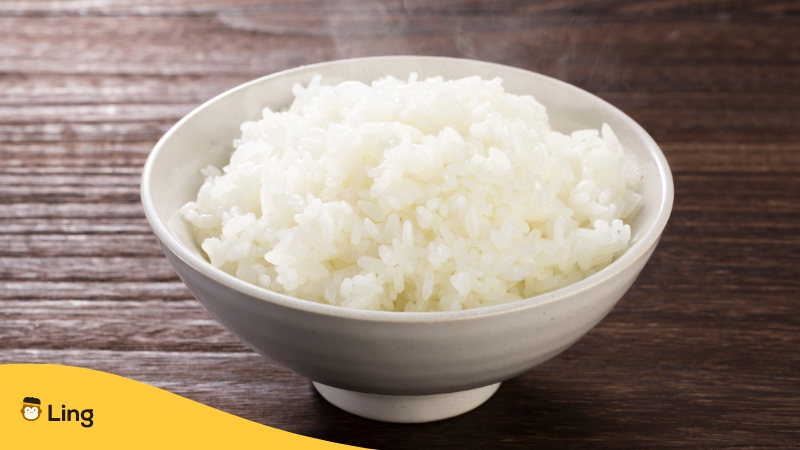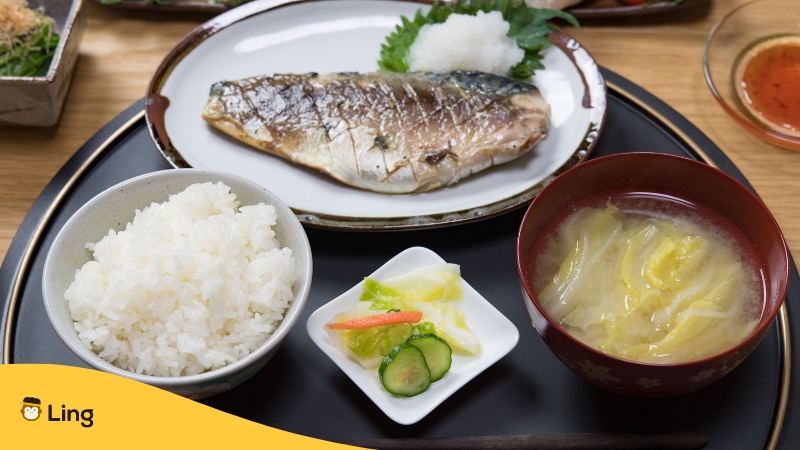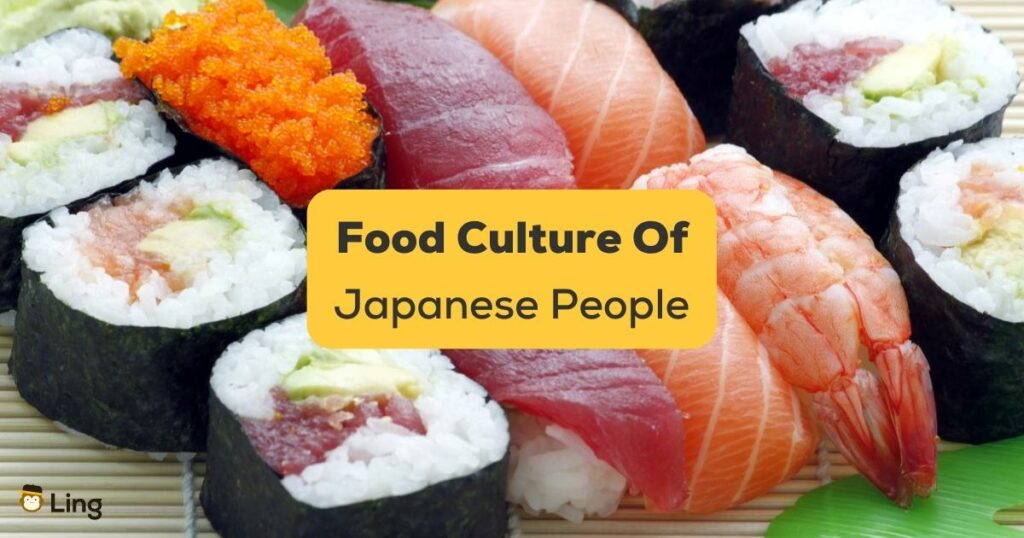Did you know that besides Japan’s aging society, some interesting habits contribute to Japanese people being among the world’s top in terms of longevity? Indeed, the food culture of Japanese people is one of the keys to their long life.
If you’ve been to Japan and spot a lot of carb-heavy food or oily noodles like yakisoba, you’re in a bustling area where people are looking for a quick and convenient lunch option. You may haven’t had the chance to try out more Japanese restaurants!
You should try a teishoku (定食). They serve unique Japanese food sets with various nutrients in one tray, such as a bowl of rice, miso soup, grilled meat or fish, and salad. It’s seriously the most authentic way to experience how the locals eat at home. Definitely worth checking out!
Here Is The Food Culture Of Japanese People
I’m saying that a teishoku (定食) is a common meal set that Japanese people prepare and enjoy at home for breakfast, lunch, and dinner. That’s right! When they balance their carbs, protein, and vitamins from veggies, they have a super nutritious and well-balanced meal daily.
Actually, it’s not just about balancing the different types of food; Japanese food preparation is also really important. Let’s check out 5 habits in Japanese food culture that can help them stay healthy.

1. Rice-Centered Culture
In Japan, rice is a staple food deeply rooted in their culture and way of life. Whether a bowl of steamed rice, rice crackers (煎餅, senbei), rice cakes (餅, mochi), and even rice wine (酒, sake).
Have you ever wondered why Japanese people can eat so much white rice and still stay lean and healthy? So, one reason why Japanese people can stay slim is that their steamed rice is cooked without butter or seasoning. As I mentioned, they like to vary all of the small dishes in the course and ensure a good balance of rice in their meals.
2. Organic And Natural Flavors
You might want to try a typical Japanese meal if you’re not into heavy seasoning and strong smells. Yeah, Japanese cooking doesn’t use a lot of heavy seasoning. They’re all about using fresh ingredients.
You can dip your sushi in some natural soy sauce and eat steamed rice with fresh raw egg. And for dessert, you can enjoy the traditional sweet red bean paste, which is a great way to satisfy your sweet tooth without using instant sugar. So yeah! I’m talking about how important fresh ingredients are in traditional recipes.
3. Miso Soup Is More Than Just A Soup
When you’re at the self-service machine ordering your gyudon, you’ll notice that you can add miso soup on the side. So, Japanese people have miso soup as a regular part of their daily meals!
Did you know that miso is a great low-calorie option? Plus, it’s made from soybeans that are rich in lecithin! This Japanese diet soup made from plant-based ingredients is great for blood vessels and can even help lower cholesterol levels. Also, if you focus on beauty, this soup can benefit your skin too! So cool, right?

4. They Give You Pickled Vegetables With (Probably) Every Meal
Japanese pickles (漬物, tsukemono) are a common ingredient in traditional Japanese food. It’s used in everything from rice dishes to fresh raw fish.
You’ll find pickled dried plum (梅干し, umeboshi) in rice balls (お握り, onigiri). And when you’re enjoying sushi, you can come across pickled ginger (がり, gari) too! Another common case is pickled young ginger (紅しょうが, beni shōga), which is often served with yakisoba, gyudon, and even takoyaki.
5. They Appreciate The Food And The Chef!
Have you ever come across the phrase “いただきます (itadakimasu)” while watching anime or J-drama?
いただきます (itadakimasu) is the phrase locals commonly say before they start eating a meal. It simply means “thank you (for the food just served),” or the phrase to show that you happily receive the meal.
On the other hand, if your Japanese friend invites you over to their place for lunch or dinner, remember to say “ご馳走様でした (gochisōsama deshita)” after you finish your meal. So basically, when you say that phrase, it means “thank you for the meal,” it also implies that “I really enjoyed the food.” If your friend or someone cooks for you, it’ll make them feel really happy, and they’ll probably smile a lot!
Even though it’s not directly related to physical health, savoring delicious food and enjoying every bite can bring true mental happiness. Don’t you think so?
In Summary
I bet you’ve tried Japanese dishes at least once in your life. There are so many different types to choose from! If you want an immersion into Japanese culture, you should check out a teishoku (定食) restaurant! This way, you’ll get to try traditional Japanese cuisine that often has that homemade flavor, especially at family-owned places!
If you want to improve your Japanese skills, don’t waste time using inefficient and boring resources. Why don’t you give Ling a try? You’ll be amazed at how quickly you’ll make progress in Japanese!
Learn Japanese With The Ling App
Ling has many resources for Japanese lessons, like vocabulary and common phrases that you can use in different situations. Sounds cool, right? The app will keep you entertained with fun tools like games and an intelligent chatbot! So you’ll be learning new words every second and getting used to the native accent!
Join the rest of the Japanese learners who have chosen Ling as their companion! Download the Ling app from Google Play Store or App Store for FREE today. Get ready to be fluent in Japanese soon!



































































